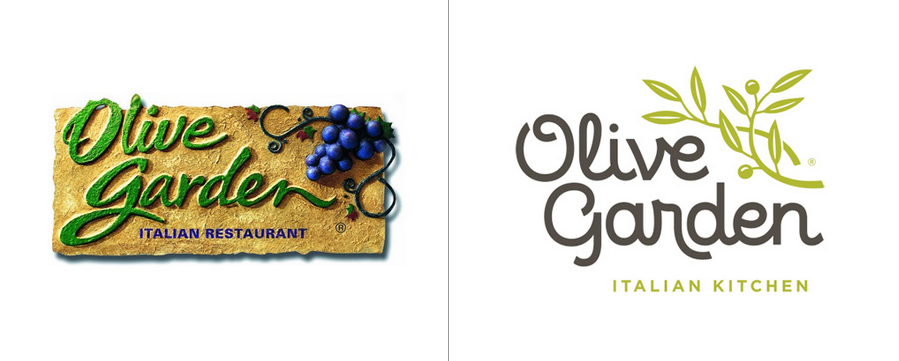Missing the mark: why a new logo won't fix your brand
Brand Strategy
A $35 swoosh didn’t make the Nike brand worth billions. A logo doesn’t mean anything until a brand makes it worth something. So why is the jump from a new logo to brand work so challenging?
It's a common plight: you've had the same logo for 20 years. It's getting a bit outdated, and you could probably use an update. The rest of the brand is fine though, you think. So why do you need brand work, not just a logo?
First, some definitions:
“Your logo is a referent, a symbol, a reminder of your brand. But your brand is a story, a set of emotions and expectations and a stand-in for how we think and feel about what you do.” - Seth Godin
Your logo is for identification. It sets the stage for your corporate identity. Branding will help make your logo synonymous with your company, and make it easy for people to recognize your company when they see it. A logo is a small part of the overall brand narrative. People fall in love with brands, trust them, and believe in their superiority. People don’t fall in love with logos or stationary.
“If Coca-Cola were to lose all of its production-related assets in a disaster, the company would survive. By contrast, if all consumers were to have a sudden lapse of memory and forget everything related to Coca-Cola, the company would go out of business.” - Senior Coca-Cola Executive
A new logo is not a quick fix
The Olive Garden can’t catch a break. Customer traffic and sales have been dropping since 2014, and investors aren’t happy. Cue the frantic decision to redesign the logo in hopes for a turnaround:

A new logo, along with a slight change in menu & decor did not solicit the return on investment the beloved fast casual Italian-American restaurant chain had hoped for. Moreover, the logo was not well received by Olive Garden’s fiercely loyal fanbase:
that new olive garden logo look like it was drawn with a breadstick.
— neil mccauley (@the_blueprint) March 3, 2014
i hate the new olive garden logo. #StopOliveGarden2014 — Hannah (@hhawkes15) March 3, 2014
I hope that @olivegarden's new logo is a joke because it looks like garbage. Sorry Olive Garden.
— Jon Huddleston (@jonhuddleston) March 3, 2014
From underconsideration.com: “There is a big dissonance between this logo and the image we have of Olive Garden and it’s going to take a lot more than an investor presentation to convince the media that this is the right logo…”
A new logo is not the solution to a struggling brand image. Your brand bears responsibility, so that’s where you start.
Your brand is more than visuals
Consumer choice is now based on so much more than just pricing. In today’s world with endless options people need to be sold on their emotions, not on their wallets. Brands and the practice of branding is more important than ever because it digs deep, past all of the fluff, and gets to the “why” of your business.
Good brand work increases conversions through education, differentiation and perceived value. It also creates meaning and emotional connections. Seth Godin says it best: “No one is impressed by your features or even your price. What we talk about is art, generosity, and products and services that make a difference.” Your logo is just one piece of your overall brand story.
Here’s a high-level view of the brand process:
- Start with a Brand Assessment. The assessment phase involves gathering information, interviewing stakeholders, market analysis, marketing review, a technical audit, review of messaging, competitive assessments and more.
- After the Brand Assessment phase is complete, Brand Strategy is developed. Things like vision, mission statements, brand essence, value proposition and competitive advantages are identified & developed and presented in the Brand Brief.
- Once the foundation is laid, Brand Identity is developed. Conceptual approaches are brainstormed, sketches are happening, colour systems are built. This is where your logo design comes in. Note how much has happened prior to logo development. The identity is tested in various applications and brand architecture is finalized.
- Once the Brand Identity is developed, assets are created. Things like business cards, stationary, outdoor signage and vehicle wraps are made.
- Brand Roll Out is the big wrap. A launch strategy is planned and implemented.
Start with the basics. Once a foundation for your brand has been established, only then is it time to start thinking about redesigning your logo.
Like what you read? Check out The Importance of Branding in Your Marketing.





